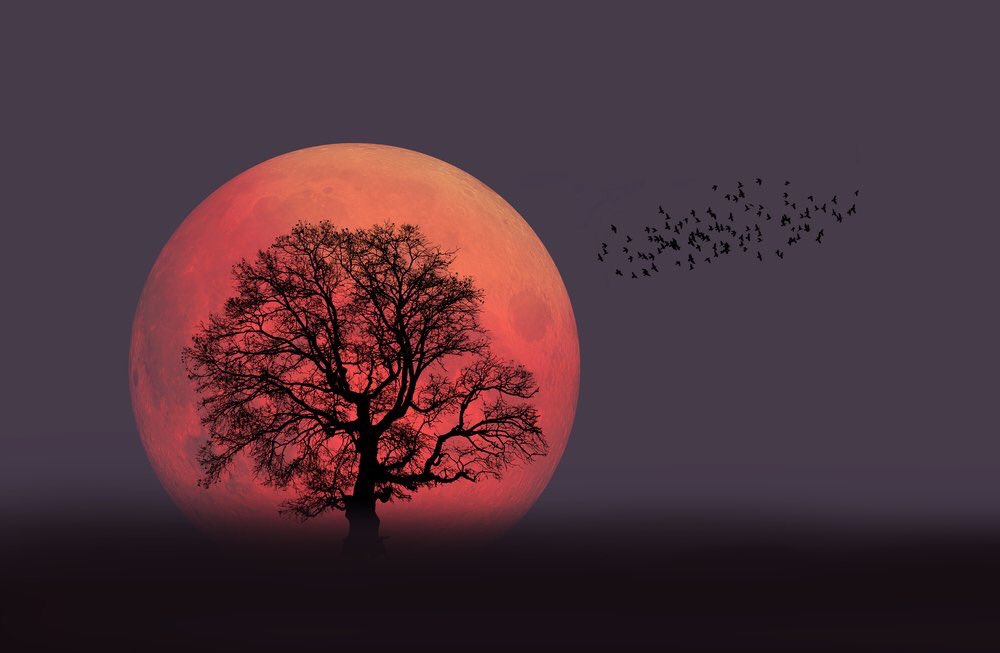Even after spending 69 years, the super-moon caught Kenyans unaware, and more so the busy working Nairobians could not welcome the rare type of the moon.

They will however get a chance to watch the moon in 2034, that is interesting now if you missed it!
https://twitter.com/messi10stats/status/798223758401994753
The Moon was closest – only 221,524 miles (356,509km) away and to those who caught it, it was about 7% larger than normal and about 15% brighter – although the human eye is barely able to discern that difference.
https://twitter.com/Globe_Pics/status/798231628711690240
As the Moon traces its orbit around the Earth, we see different proportions illuminated by the Sun. Once in each orbit, our satellite is totally illuminated – a full moon.
And as the Moon orbits the Earth every 27 days or so, it travels in an elliptical or oval shape.
This means that its distance from our planet is not constant but varies across a full orbit, BBC reported
Kenyans living in areas where horizon could be seen were lucky to spot the rare moon.
Supermoon St. Louis from the Compton Hill Water Tower #supermoon #stl Vertical or horizontal? More pix coming at @stltoday & in print Monday pic.twitter.com/iKDPkp6Ztq
— David Carson (@PDPJ) November 13, 2016













